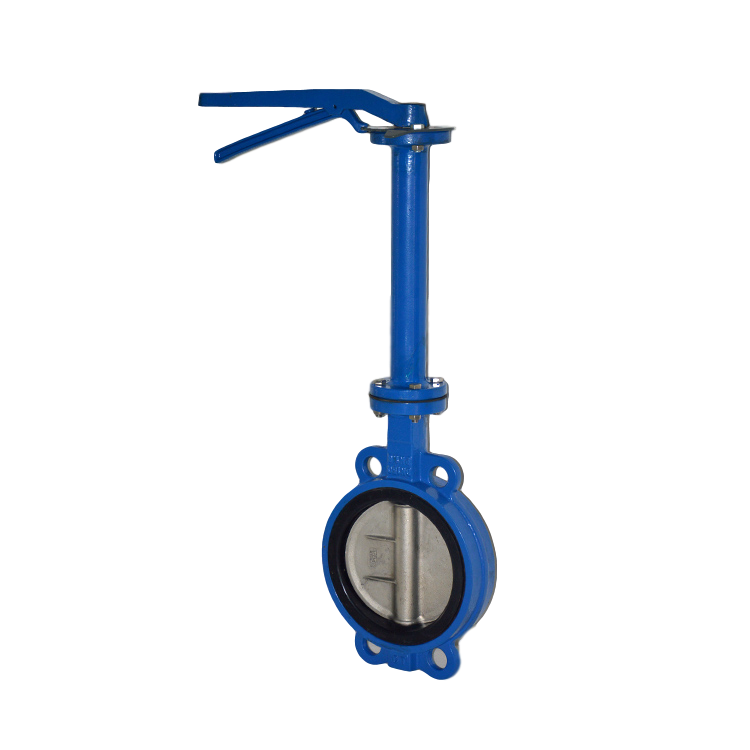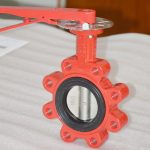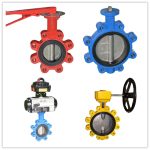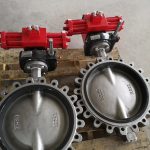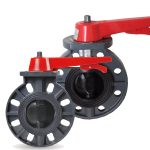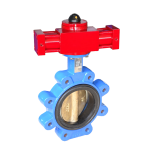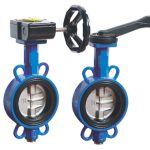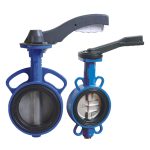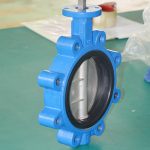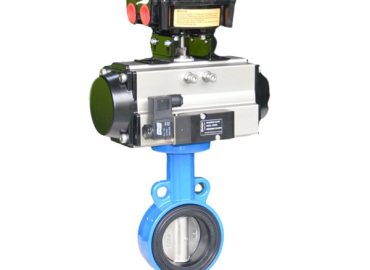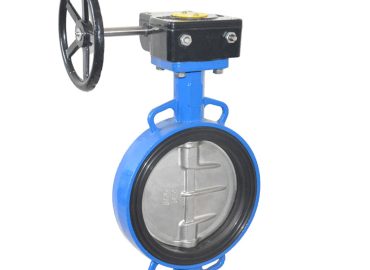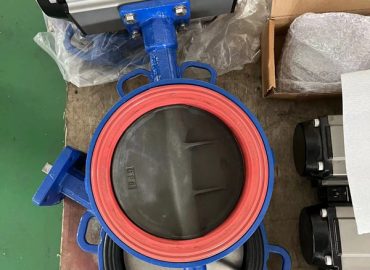Butterfly isolation valves are an essential part of many process systems, providing precise control over fluid flow and allowing the system to operate at higher pressures without sacrificing performance or reliability. These valves have a compact size, making them ideal for tight spaces, and their lightweight construction ensures long-term savings and the greatest return on investment.

Introduction
A butterfly isolation valve is an integrated, rotary-style shut-off device that is used to control the flow of a material in process systems. These valves are typically installed directly between two pipes and feature a circular disc or stem that can be rotated to open, close, or throttle the flow. Butterfly isolation valves are advantageous over traditional globe and gate valves because they require less space and can easily be serviced without having to remove them from their piping system.
Additionally, butterfly isolation valves provide precise control over fluid flow with little turbulence and help maintain longer periods of uninterrupted operation due to their minimal maintenance requirements. Furthermore, these valves are capable of handling higher pressures without sacrificing performance or reliability which helps reduce overall operating costs by reducing downtime and energy expenses. As a result, butterfly isolation valve is often considered the most cost-effective solution for many process systems.
1,Definition of butterfly isolation valve
A butterfly valve is a type of valve used to control the flow of liquids or gases in a system. This valve is unique due to its disc-shaped design; this disk can be placed in two positions – open or closed – which allows it to regulate the passage of whatever it’s connected to. Butterfly isolation valves are known for their high efficiency and durability, as well as their ability to provide precise control over pressure, temperature, and other operating conditions. Additionally, they require minimal maintenance, making them an effective and reliable choice for many applications.
2,Overview of the various uses of butterfly isolation valves in process systems
Pneumatic butterfly valve offer many advantages and benefits for users. The most notable benefit is their high flow rate, which allows large quantities of liquid or gas to pass through the valve for fast operation. They also boast tight shutoff, meaning the valve will remain in the desired position even when an opposing force is applied, providing a secure seal. Butterfly valve price click here
Additionally, butterfly isolation valves are resistant to corrosion from various chemicals, making them ideal for applications that involve harsh substances or environments. Furthermore, they have a lightweight design which makes them easy to install and transport. Finally, they’re highly affordable compared to other types of valves while still providing reliable performance.
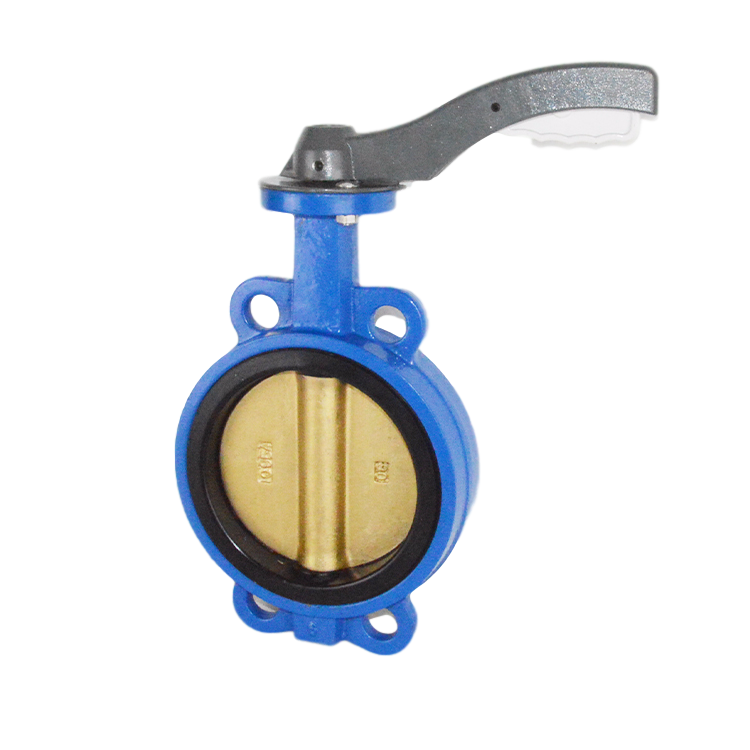
Advantages and Benefits
Butterfly isolation valves offer a range of advantages and benefits over traditional valve systems. Firstly, these valves are more compact and require less space when compared to other valve types, making them ideal for tight installations in process systems with limited access. Secondly, they feature lightweight construction which requires minimal effort when installing or servicing them. Additionally, butterfly isolation valves provide easy control over fluid flow with little turbulence and help maintain longer periods of uninterrupted operation due to their minimal maintenance requirements.
Furthermore, these valves can handle higher pressures without sacrificing performance or reliability which helps reduce overall operating costs by reducing downtime and energy expenses. Finally, this type of valve offers cost-effective solutions for many process systems due to its low initial purchase price combined with long-term savings from reduced maintenance costs thanks to the lightweight construction and its long life expectancy. China butterfly valve
1,Precise control over flow
Lug Butterfly valve offer excellent control over the flow of liquids or gases. This is thanks to their unique disc-shaped design, which allows the disc to be placed in two positions – open or closed – for precise regulation of whatever it’s connected to.
The tight shutoff feature also ensures that the valve will remain in the desired position even when an opposing force is applied, ensuring maximum accuracy and efficiency. Additionally, butterfly isolation valves are easy to install and maintain, making them extremely reliable for a variety of applications.
2,Lightweight construction and compact size ideal for tight spaces
Butterfly isolation valves offer a lightweight construction and compact size that make them perfect for tight spaces or small-scale applications.
Despite their small size, they boast a high flow rate and an impressive range of performance features. Their design allows them to fit in even the most confined spaces without compromising on function. Additionally, butterfly isolation valves are corrosion resistant and cost-effective, making them an ideal choice for those with limited resources.
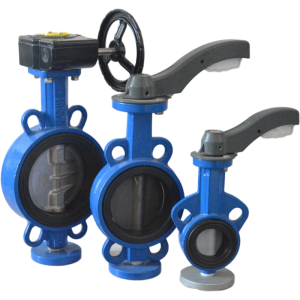
How to Select the Right Butterfly Isolation Valve for Your System
Selecting the right butterfly isolation valve for your system involves several considerations. Firstly, you should consider the type of material and pressure requirements of the process. You should also consider the operating temperature range and whether or not you need a pressure or vacuum rating as well. Additionally, it is important to ensure compatibility with other components in your system for a successful installation. Furthermore, you should also consider the size and intended usage such as manual or automated operation.
Lastly, it is essential to verify the best-suited actuator compatible with the butterfly isolation valve you choose in order to achieve maximum performance and reliability from this device. Thus, researching the various types of butterfly isolation valves available on today’s market can help determine which model best suits your needs.
Considerations when choosing a butterfly isolation valve for your system, such as size and type
When selecting a butterfly isolation valve for your system, it’s important to consider several factors. Firstly, you will need to determine the size and type of valve that is suitable for your application.
Make sure to measure the space precisely before making your purchase so that the valve fits into place without issue. Additionally, be aware of any product specifications such as pressure ratings and flow rate which can vary greatly between different models. Additionally, consider the cost of installation and ongoing maintenance for each type of valve you are considering. Doing your research beforehand will ensure you make an informed choice.
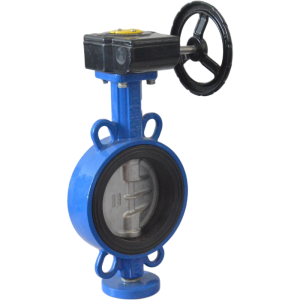
Troubleshooting Tips for Common Issues With Butterfly Isolation Valves
Troubleshooting common issues with butterfly isolation valves is relatively straightforward. The first step should be to visually inspect the valve and its components, such as the actuator, for any obvious damage or signs of wear and tear.
Additionally, you will want to ensure that the pressure gauge is properly connected and that the valve is open enough to allow sufficient flow. Also check for debris blocking the inlet and outlet ports of the valve which can cause poor performance.
If all else fails, check whether there are any loose connections on the pressure gauge tubing or actuator wiring. Furthermore, if your valve has a manual override feature you may need to turn this off and back on again in order to reset it. Finally, replace any worn or damaged parts as necessary and make sure you adhere closely to the operating instructions during maintenance and operation of your butterfly isolation valve for optimal performance at all times.
Identification of common problems with butterfly isolation valves, such as corrosion and leakage
Common problems faced with butterfly isolation valves can include corrosion of components, leakage of contained fluids or gases, and fluctuations in pressure levels. Corrosion is especially an issue if your system works with chemical substances or if it is exposed to humidity.
Leakage can occur as a result of faulty seals, improper installation, or wear-and-tear on the valve itself. Finally, when using butterfly isolation valves, you should also monitor for any changes in pressure levels that could indicate malfunctioning components or other potential issues. Regular maintenance and checks should help identify these common problems before they become more serious.
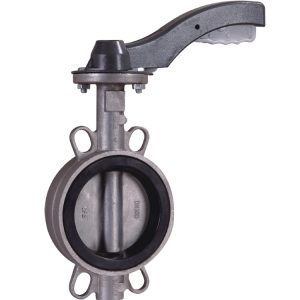
Conclusion
Butterfly isolation valves are essential components to consider when constructing a system. Selecting the right valve for your needs involves researching the various types and assessing whether they have the right material, pressure, temperature and compatibility requirements.
Additionally, troubleshooting any common issues should involve inspecting the valve and its components, ensuring appropriate pressure gauge connections and cleaning out any debris that could be blocking flow. If all else fails, replacing any worn or damaged parts may also be necessary. Most importantly though, always adhere closely to the operating instructions in order to ensure your system achieves maximum performance from its butterfly isolation valves.


